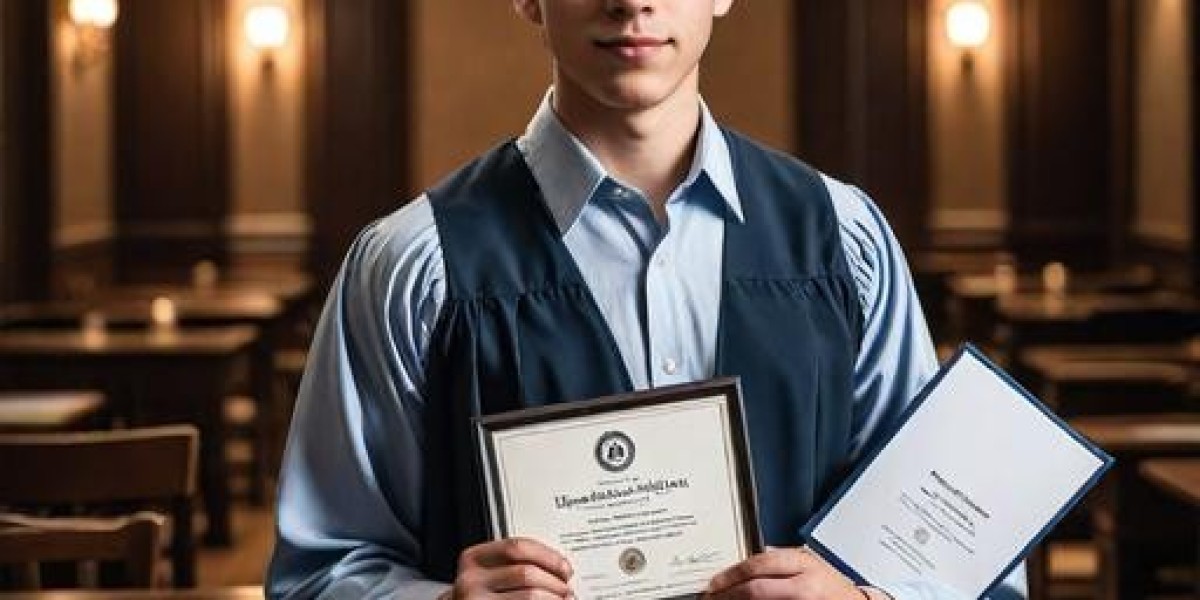The Ultimate Guide to Kids Bunk Beds: Safety, Styles, and Selection
Kids' bunk beds are a practical and popular service for maximizing space in children's spaces. Not just do they supply sleeping arrangements for brother or sisters or pajama party visitors, but they can also function as a fun and imaginative living space for young adventurers. This short article explores the types, benefits, safety factors to consider, and choice pointers for kids' bunk beds while responding to some frequently asked questions.
What Are Kids Bunk Beds?
Kids' bunk beds come in various styles, designs, and materials. Generally, they include 2 or more beds stacked vertically, which can save space and permit for more space for play. With numerous configurations, including L-shaped, lofted beds with desks beneath, and convertible designs that can separate into single beds, moms and dads have ample options to pick from.
| Bunk Bed Type | Description |
|---|---|
| Conventional Bunk Beds | Two beds stacked one on top of the other. |
| Loft Beds | One raised bed with space below for play or a desk. |
| Triple Bunk Beds | Three beds stacked vertically or arranged in an L-shape. |
| Futon Bunk Beds | A bed on the top with a fold-out sofa or futon below. |
| L-shaped Bunk Beds | Beds set up in an L-shape, supplying extra space. |
Benefits of Kids Bunk Beds
Buying a bunk bed for kids includes numerous advantages:
Space Saving
- Efficient Use of Space: Bunk beds stack vertically, reducing the footprint in a room.
- Additional Play Area: The space below can be used for additional activities or storage.
Cost-efficient
- Dual Functionality: A bunk bed can satisfy of two separate beds without needing double the floor space.
- Long-term Use: Many models are convertible or can shift into separate beds as children grow.
Fun and Imagination
- Adventurous Appeal: Kids are frequently drawn to the concept of going up to their beds, adding an enjoyable aspect to bedtime.
- Themed Options: Many bunk beds can be found in various styles, like castles or pirate ships, promoting creative play.
Security Considerations
While bunk beds offer various benefits, safety is a primary issue for moms and dads. Here are some security suggestions to keep in mind:
- Guardrails: Ensure the top bunk has sturdy guardrails on both sides to avoid falls.
- Height Limitations: Check if the bed's height is appropriate for your child's age. Usually, they are not suggested for children under 6.
- Weight Limits: Respect the manufacturer's guidelines for weight limitations to prevent structural concerns.
- Tough Ladders: Inspect the ladder for stability and guarantee it is available for children to use securely.
- Routine Checks: Periodically check for loose screws or structural stability concerns.
Choosing the Right Bunk Bed
When selecting a bunk bed for children, consider these crucial elements:
Material
- Wood: Offers conventional resilience and visual appeal.
- Metal: Lightweight and often readily available in contemporary styles.
- Composite: Cost-effective, these materials can be sturdy but might have constraints on durability.
Style
- Style: From timeless to modern, select a style that fits your kid's room design.
- Functionality: Consider whether additional features like storage, desks, or futons are necessary.
Size
- Room Dimensions: Ensure the bunk bed fits comfortably in the space, leaving space for other furnishings.
- Mattress Size: Standard sizes (twin, complete) dictate the option of mattress and bedding.
Assembly
- Ease of Setup: Some models require more intricate assembly; think about future relocations.
- Instruction Quality: Look for beds with clear guidelines for hassle-free setup.
Spending plan
- Cost: Review your spending plan, bearing in mind that better materials and extra functions might raise costs.
FAQs About Kids Bunk Beds
Q: At what age can my child safely sleep in a leading bunk?
A: It is generally suggested that children be at least 6 years of ages before sleeping in the top bunk due to height and safety issues.
Q: Can I convert a bunk bed into separate beds?
A: Many bunk beds are developed to be convertible, permitting you to separate them into private beds as children grow.
Q: How do I ensure my child's safety on a bunk bed?
A: Always use guardrails, routinely inspect structural integrity, and make sure that the bed is appropriately sized for their age.
Q: What devices do I need for a bunk bed?
A: Consider guardrails, a durable bed mattress, decorative bed linen, and storage solutions for toys or clothing.
Q: Do bunk beds require special bed mattress?

A: It's recommended to use a bed mattress that fits snugly within the bed frame-- avoid large bed mattress that could jeopardize safety.
Kids' bunk beds serve as a functional and satisfying sleeping option that can boost any child's bed room. By comprehending the advantages, safety factors to consider, and choice suggestions, parents can make educated choices that cater to their Kids bunk beds's needs. With the ideal choice, a bunk bed can become a valued part of childhood-- imparting enjoyable, adventure, and memories for years to come.









